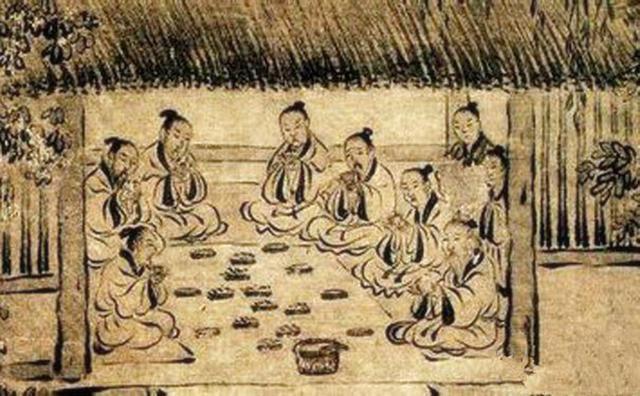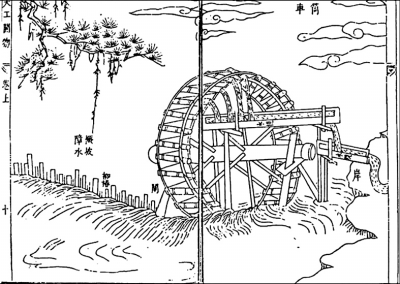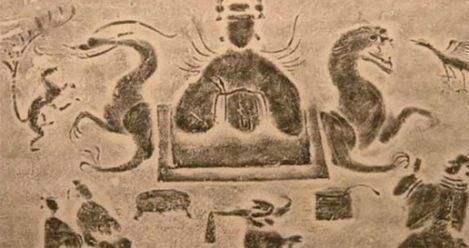Openness and Communication
3 min readThe Sui and Tang dynasties boasted developed outbound traffic. The land route ran from present-day North Korea in the east, through the Silk Road, to present-day India, Pakistan, Afghanistan, Iran and the Persian Gulf in the west. It further extended to many European and African countries through Central Asia and the Mediterranean Sea. The sea route started from today’s South Korea and Japan in the east and ended in the Persian Gulf in the west. The Tang Dynasty’s policies that encouraged openness and communication, as well as the smooth land and sea routes, gave rise to extremely frequent Sino-foreign exchanges.

Japan had sent its emissaries to the Tang Dynasty 13 successive times,with Japanese students going with each emissary mission numbering into the hundreds.In 645,Japan launched Taika Reform,taking the Tang Dynasty as a model in many aspects including political,legal,land and tax systems and even construction of the capital city.Ku Kai,a Japanese scholar monk who once went to the Tang Dynasty to study Buddhism,adopted the components of Chinese characters to create Japaneseletters called Katakana.Jianzhen,a monk of the Tang Dynasty,tried to cross the ocean eastward to Japan but failed multiple times.He finally did it at the age of 66,which was his sixth attempt.Jianzhen himself carried out monkhood initiation for the Japanese emperor,empress and prince,as well as ordinary people from various circles.He gave lectures on Buddhism and introduced Chinese medicine,architecture,sculpture,calligraphy,painting and other knowledge to the Japanese people,which had a significant influence upon the Japanese culture.In the late seventh century,Silla on the Korean Peninsula also sent groups of students to the Tang Dynasty,and imitated such Tang systems as the six departments and official selection through imperial examinations.Deeply affected by the Tang Dynasty,Silladisplayed a strong flavor of the Tang style in a wide range of areas from science and technology to art,literature,and folk customs.

During the early Zhenguan Period,the senior monk Xuanzang made an arduous journey west to India,where he earnestly studied Buddhism for five years.Then he toured around many other counties to give Buddhist lectures.Seventeen years later,he returned to Chang’an,where he devoted himself to translating Buddhism records and had The Buddhist Records of The Western World compiled,which described what he saw and heard along his westward journey.He systematically introduced Buddhism,history,geography and customs of India.He was also entrusted by Emperor Taizong to translate the Tao Te Ching into Sanskrit.Xuanzang’s efforts with Buddhist scriptures promoted Sino-Indian cultural exchanges and imposed a great influence on history.
The Tang Dynasty opened itself to the outside world in an all-around way and carried out extensive communication with foreign countries,keeping commercial ties with more than 70 countries,including countries in West Asia,Europe and Africa. The government permitted foreigners to live in China,marry Chinese people and take part in Chinese examinations for official selection.Some foreigners even acted as military officials of the court or servants of the emperor.The city of Chang’an,capital of the Tang Dynasty,covered an area of 84 sq km and had a population of nearly one million,being the world’s biggest international city of the time.

Arabia saw the establishment of the Arab Empire that spanned across Asia,Africa and Europe in the seventh century,but it collapsed in the ninth century.Europe was in the mediaeval times,which featured division and chaos.The prosperous Sui and Tang dynasties,while imposing a far-reaching influence on neighboring countries and regions,extensively absorbed foreign cultures to enrich and develop the Chinese culture and further created enterprising spirits with openness and compatibility. Merchants,scholars,and people of ethnic groups,as well as foreign emissaries and students,gathered in the capital city of Chang’an,and grand feasts filled with singing and dancing were widespread.Women also wore Hu clothes,rode horses,played ball games and joined various sorts of social,sports and entertainment activities. The society was full of vigor and vitality.








